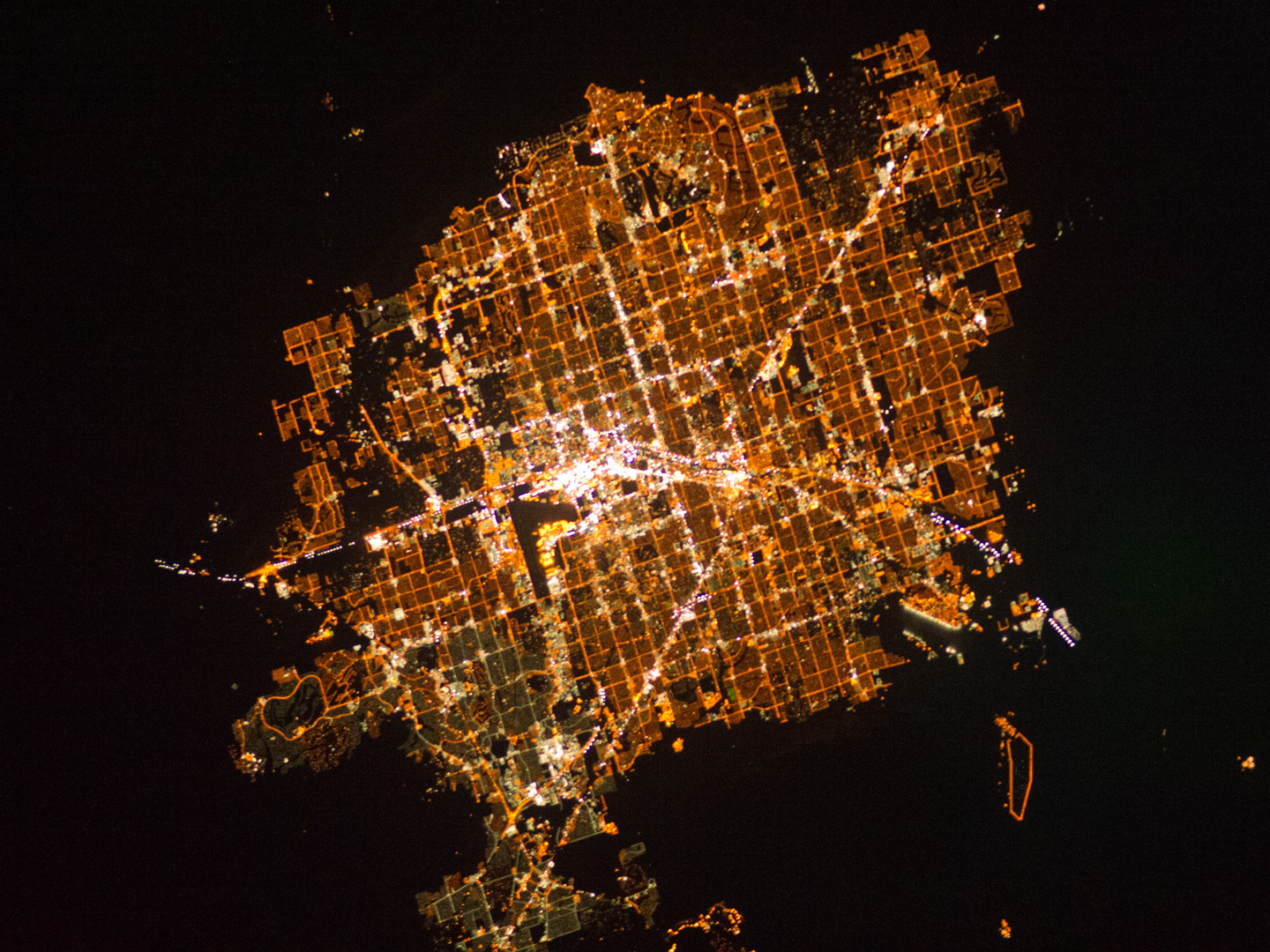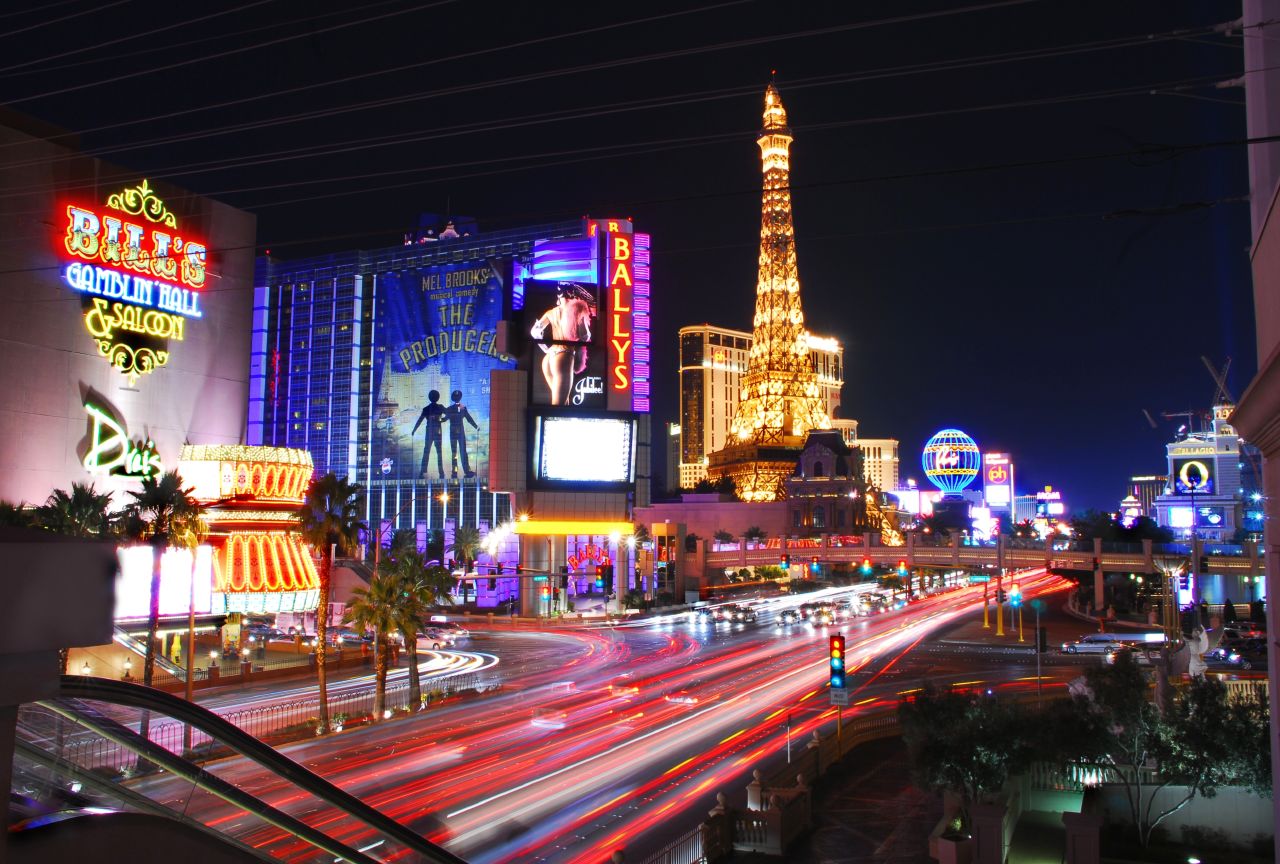Year 1780: Aimé Argand invents the oil lamp.
Year 1800: Humpry Davy discovers the carbon arc in his electrolysis experiments. This effect exceeds 10,000 lumens – 1,000 times more light than a candle-.
Year 1807: Gas is used for the first time as public lighting in London’s Pall Mall street.
Year 1826: A gas lamp was lit for the first time in Spain in a laboratory in Barcelona.
Year 1835: An electric lighting system based on light bulbs is exhibited to the citizens of Dundee.
Year 1841: The experimental public lighting of Paris was carried out using carbon arc lighting.
Year 1867: Alexandre-Edmon Becquerel shows the first fluorescent lamp.
Year 1879: Thomas Edison and Joseph Wilson Swan patent a 40-hour carbon fibre incandescent lamp.
Year 1880: Thomas Edison optimizes his patent. It now lasts 1500 hours and has a power of 16 watts.
Year 1881: Comillas is the first Spanish city to be illuminated with electric light using the carbon arc.
Year 1885: The “gas mantle” was invented, which revived the flame of gas lighting.
Year 1893: Nikola Tesla presents his ideas for high-frequency, wireless lighting. He demonstrates this by lighting a Geissler tube without the use of threads.
Year 1901: Peter Cooper Hewitt shows the mercury vapour lamp.
Year 1926: The fluorescent lamp is patented.
Year 1970: The sodium vapour lamp was invented, which became common for public lighting in the late 1980s.
Year 1995: Shuji Nakamura invents the blue and white LED, revolutionizing once again the world of lighting.

In a period of time of just over 200 years, we have gradually lost one of our most beautiful landscapes, and one that has meant the most to us throughout history. It is our night sky, changing as the earth moves, showing us other lighthouses on the islands of this sea that is the universe. The night sky was fundamental, because we learned to read and interpret it, transforming it into our life calendar. Looking at the stars we knew how to orientate ourselves, we predicted the migrations of our prey, we planted our crops, and we prepared ourselves for the next cold season.
Perhaps this situation, in which everything we knew was due to the sky, fostered a special relationship with it. It wanted to show itself to us as the manual of life, and that could not be a coincidence. Some superior being must have been throwing us messages so that we could continue with our day to day life, and we had to thank them for that. Perhaps this is how this spiritual relationship with the stars that were watching us came about.
The important thing is that it happened. The night sky ceased to be merely a calendar and became also an encyclopedia of legends and myths. Humanity’s knowledge joined the organization of nature. The first constellations appeared and education relied on the sky to transmit knowledge.
However, this sky would not only be the object of good misfortunes. The greatest disasters that humanity suffered would occur after the stars passed those sentences. Comets became a symbol of famine, plague or changes in society that endangered human beings.
Denying the relationship between misfortunes and stars, the first men began to question the nature of stars. When the door of the scientific method was opened, those flashing points that seemed to guide us in our early days began to speak to us about the history of our universe, and then that night backdrop became an element of study for science, and an ornamental and spiritual element for the rest of society.
The oldest remains of Homo sapiens date to 315,000 years ago. We can guess that since then we have been guided by the stars. In little more than 200 years we have been able to eclipse the sky we observed. We have transformed the night from a faint, magical atmosphere to a ghostly one, produced by the orange halo of sodium vapour in our cities. The problem is not that we need night lighting in our public spaces. The problem is that we want to transform the nature of the night, into day.
We walk through our streets wanting to see as when the sun warms our skin. It seems that we want to break with the seduction of the shadows and the mysticism of the diffuse. Perhaps, before our streets are filled with public lighting with LED bulbs, allowing us to enjoy a “daylight walk” during erotic film hours, we should consider respecting the gift of the heterogeneous. Limit the occasional excess of light to areas that really require it, and subtly illuminate the rest of spaces. If we accept the darkness of the night we will not only be gaining energy. Maybe we’ll be helping those orange halos disappear, and we can reconcile with the stars. Perhaps we will have the opportunity to enjoy other visions of our cities, transforming that static image of artificially or naturally illuminated buildings into a “GIF” in which we see the building in its nuances, from its point of maximum light to its point of maximum darkness.
If there is one thing we can observe from many great works, it is that they seem even more marvelous thanks to contrasts. Let’s help to generate more interesting environments, break that light homogeneity, create a sinuous electrical network that highlights the points where activities really happen at certain times, and let the rest of the places rest.
Do we not miss sleeping with the blinds raised so that the sun’s rays can awaken us when the stars hide?

Header image: Light produced by sodium vapour lamps on a lonely road.